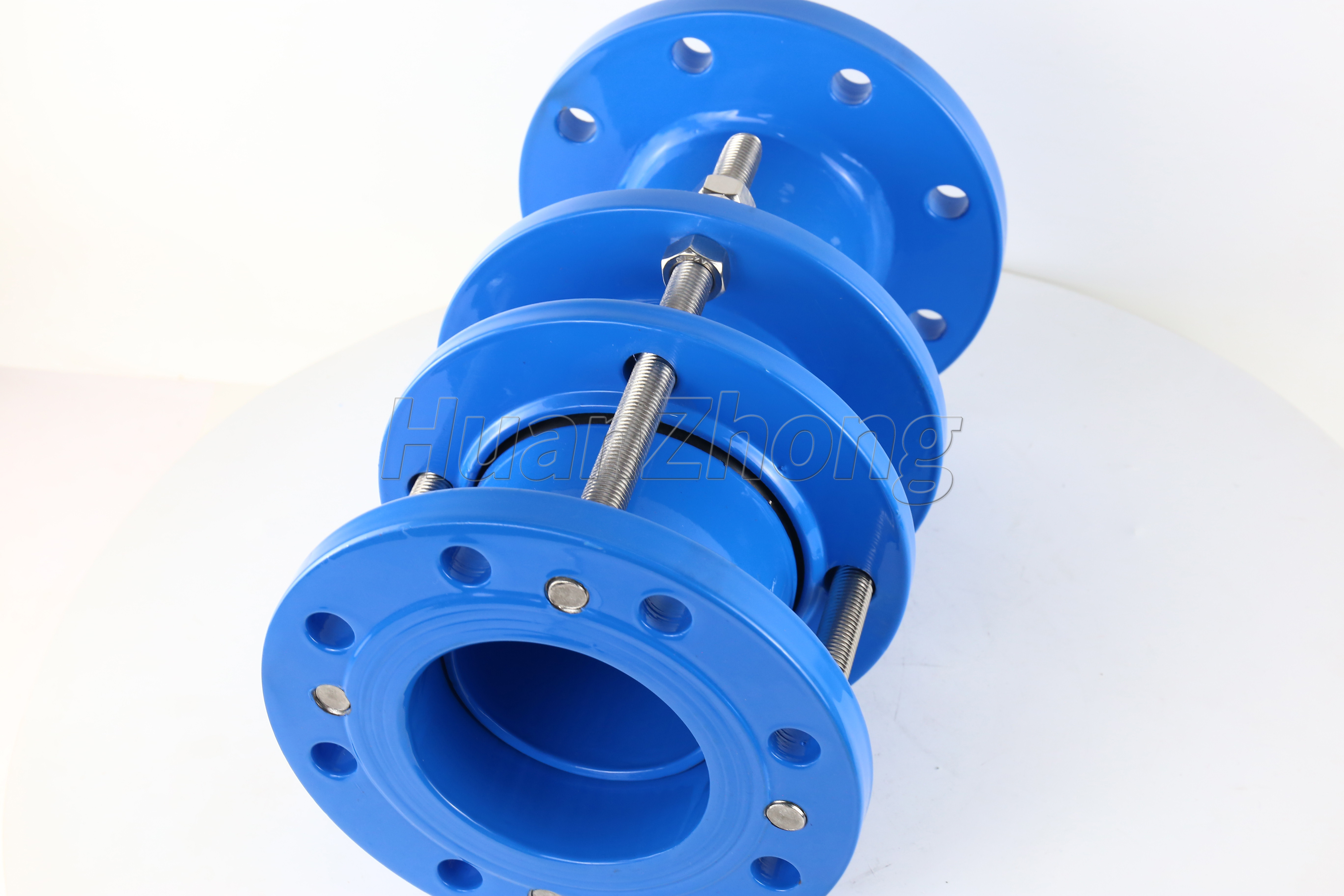Removable double flange force transfer joint use scenario.
Removable double flange force transfer joint use scenario. Removable double flange force transfer joints are versatile components used in various applications to provide flexibility, absorb vibrations, and compensate for misalignments in piping systems. Here, we will explore some common use scenarios for these joints.
1 . HVAC Systems:
Removable double flange force transfer joints are often used in HVAC (Heating, Ventilation, and Air Conditioning) systems. These systems require flexible connections to compensate for thermal expansion and contraction, as well as to isolate vibrations generated by pumps, fans, and other equipment. The force transfer joints help to reduce stresses on the system, ensuring smooth operation and minimizing the risk of damage or failure.
2 . Water and Wastewater Treatment:
In water and wastewater treatment plants, pipes are subjected to various movements and vibrations caused by factors such as flow dynamics, changes in temperature, and equipment operation. Removable double flange force transfer joints are used to accommodate these movements, absorb vibrations, and reduce the transmission of noise and stress to other system components. They help to extend the service life of the pipelines and minimize the need for frequent maintenance and repairs.
3 . Power Plants:
Power plants, whether thermal, hydroelectric, or nuclear, have complex piping systems that transport gases, liquids, and steam under high pressures and temperatures. Removable double flange force transfer joints are crucial in these environments to compensate for thermal expansion and contraction, absorb vibrations from rotating equipment, and mitigate the effects of seismic activity. The joints provide flexibility and prevent excessive stress on pipelines, ensuring the reliability and safety of the power generation system.
4 . Chemical and Petrochemical Industries:
Chemical and petrochemical industries involve the handling of corrosive fluids, high temperatures, and pressure fluctuations. Removable double flange force transfer joints are designed to withstand these harsh conditions and provide flexibility and movement capability. They are used to compensate for thermal expansion, reduce vibrations, and isolate equipment-induced forces. These joints help to prolong the lifespan of the piping system, minimize leaks, and improve overall safety and productivity.
5 . Oil and Gas Transmission:
In oil and gas transmission pipelines, various factors like temperature changes, ground movements, and seismic activities can cause stress and strain on the pipes. Removable double flange force transfer joints are used to absorb these movements and vibrations, ensuring the integrity of the pipeline system. They provide flexibility and allow for easy disassembly and maintenance when needed.
In conclusion, removable double flange force transfer joints find applications in HVAC systems, water and wastewater treatment plants, power plants, chemical and petrochemical industries, as well as oil and gas transmission pipelines. These joints play a crucial role in providing flexibility, absorbing vibrations, and compensating for movements, ultimately ensuring the reliability, safety, and longevity of the piping systems in various industries.
